How to Treat Mould in Loft UK
Mould is a scourge upon any household unfortunate enough to get it. However, there may be times when your home is affected, and you don’t even know, this is especially true if the mould is in your loft.
In this blog, we will show you how to treat mould in a loft in the UK
With new buildings being made to be as energy efficient as possible, and the UK aiming for 95% of its electricity usage to be low carbon by 2030, it is imperative to understand how we can make the most of our ventilation. This is where heat recovery ventilation units come in.
To prevent mould, fresh air should constantly be introduced into your dwelling daily, as it helps to regulate temperature and reduce condensation. Introducing fresh air can be as simple as having a ventilation routine, or installing extractors or MVHR units. Almost all of this is facilitated by ducting.
Is mould and damp the same thing?
Essentially yes, mould is sometimes known as damp, this is simply because the surfaces that mould grows on, are always damp. When it comes to mould in your home, there are two strains that you are more likely to encounter than others. They are…
- Black Mould – Also called Stachybotrys chartarum. Black mould is commonly found in bathrooms and wet rooms, but can also occur on cold exterior walls in habitable rooms such as the bedroom or living room.
- Cladosporium – Commonly found in bathrooms, under sinks, and around taps, but it can grow on surfaces like carpets, furniture, walls, and floors.
Mould reproduces from tiny spores. The spores float through the air and deposit on the surfaces. Under adequate temperature, moisture, and nutrient conditions, the spores can form new mould colonies.
How is mould formed?
Mould is formed upon damp surfaces, damp surfaces are more common than you think, especially in your bathrooms and kitchens. If you have a hot shower with a closed window, there will be condensation appearing on cold surfaces. Failure to remove the condensation will result in mould eventually appearing.
That being said, it’s not just condensation from hot rooms that can contribute to mould. If you have a leaky pipe in your home, the leaking water will collect in one place, and due to the fluctuating temperatures of the home, mould will form.
Additionally, doors and windows that aren’t sealed properly will allow cold air and sometimes moisture to enter the home, or get caught in spaces that can’t be cleaned. This results in mould growing in those constantly damp, hard to clean areas.
How to treat mould in loft UK
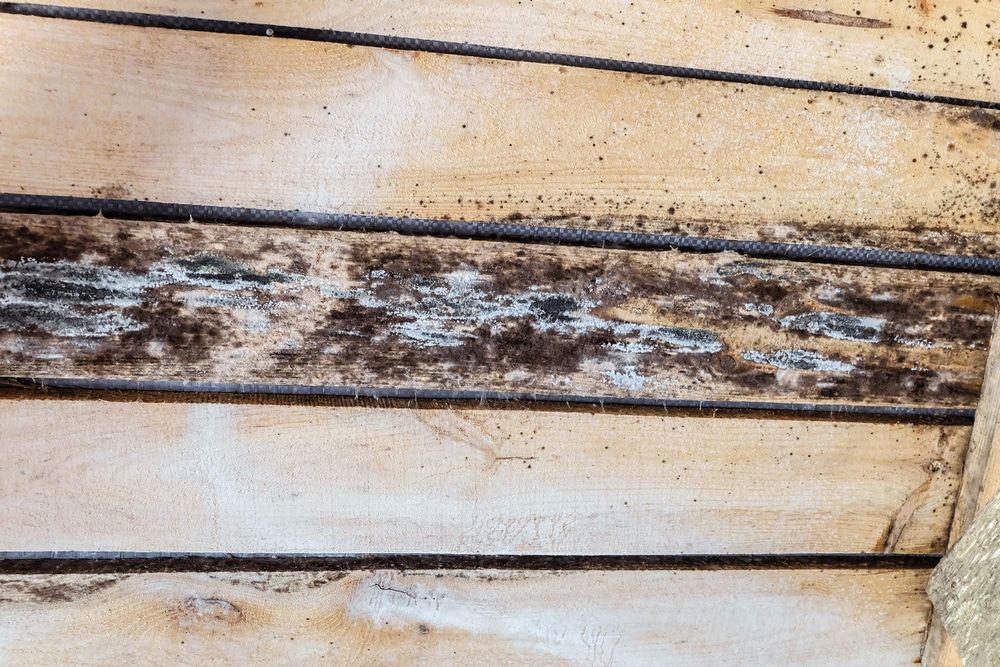
When it comes to lofts, they can often be overlooked when it comes to checking if mould is there. That’s because some of us use our lofts as storage spaces that we hardly frequent.
Furthermore, because a loft isn’t a frequently used area in some houses, it makes ventilation less frequent too, as the door to the loft is always going to be closed.
Even knowing that there is a potential issue with mould in your loft is hard to ascertain. Especially if you can’t see any damage to your roof on the outside, or if there’s no inclination of mould in the home prior to you checking the loft.
That being said, treating any mould that has appeared in your loft must be treated in the same manner as you would if you found mould anywhere else. This means, first diagnosing how the mould appeared.
Within a loft space, the likely culprits of mould formulating can be…
- A leak from damaged pipes.
- Damaged roof tiles have allowed some moisture to enter the property through the loft.
- There is an unsealed opening in the loft that allows moisture to enter.
- If your loft has windows, and they are improperly attached.
Once you understand the likely cause of the mould developing, you can set your sites on treating it. Our range of mould removal products allow you to get rid of mould with ease. And in some cases, prevent its return.
Using a mould surface cleaner, followed by an anti-mould paint is an extremely effective method in removing mould on a surface, and preventing its return for some time, if the issue that caused it can’t be fixed.
However, you should always make sure you address the cause of the mould development after cleaning, otherwise, the mould will return either in the same place, or in another. If you know what has caused the issue, calling the relevant tradesman such as a plumber for pipes, or a roofer for any damaged roof tiles is the best course of action.
That being said, if you can’t distinguish the cause of the mould, it is best to call a mould cleaning service. They can perform an in-depth diagnostic, remove the mould, and give guidance on who can help you further.
Cleaning mould safely
When it comes to cleaning mould from any surface, in any room. You should always make sure you have the correct safety equipment. It may seem excessive, however, if you have a mould allergy, you could experience a reaction. Additionally, if it catches onto your clothing, it has the potential to spread to other rooms.
When cleaning mould, you should always make sure you…
- Wear cleaning gloves.
- Wear a mask over your mouth.
- Cover your eyes with goggles.
- Wear a coverall or old clothes that can cover your head and toes.
- Open a window or enable some level of ventilation whilst cleaning it.
If you have a severe mould allergy, we would recommend wearing this safety equipment whether the mould is a small patch, or engulfing a whole room. Even if you are certain you don’t have a mould allergy, it is not worth risking your health, always seek the appropriate level of protection when cleaning mould.
When mould is cleaned, its spores naturally float in the air, this is why it is especially important to remain covered when cleaning it.
What happens if I don’t remove mould in my loft?
This is a particularly dangerous choice to make. Your loft generally encompasses most if not all the rooms of the upstairs of the house beneath it, so allowing mould to spread and penetrate the ceilings of all rooms will only make more problems for you.
When mould is concentrated into one room, you can at least keep it at bay in that room. This isn’t the case when it comes to a loft space. By choosing not to remove the mould, you are jeopardizing your health, the health of the other residents of the home, and the structural integrity of the building itself, especially if the mould is growing on wooden beams.
Eliminate mould forever today
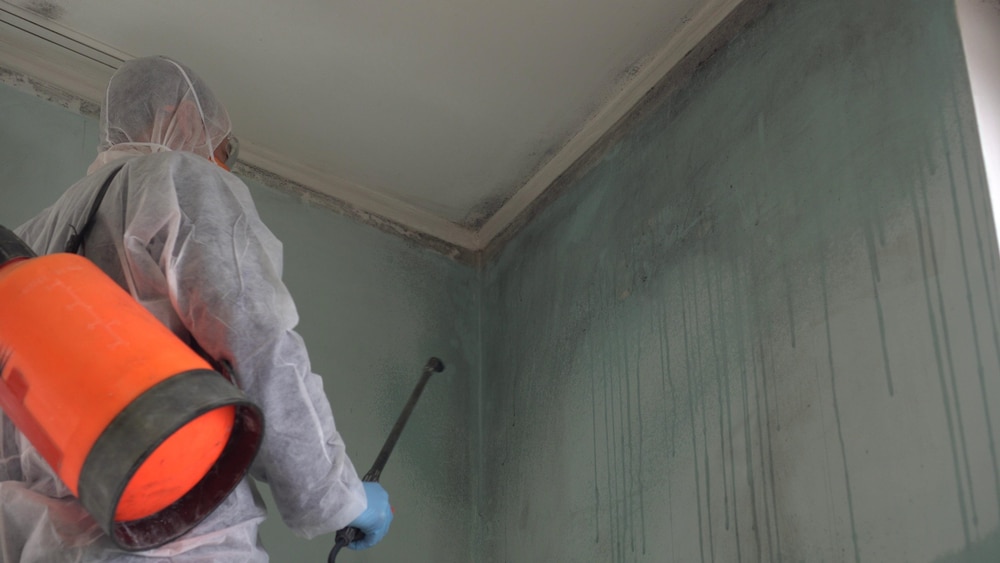
At I-Sells, all things ventilation and ducting related is our speciality, and we are here to answer the questions we know are common for those new to HVAC and what it encompasses.
We at I-Sells endeavour to ensure our customers have all the information they require before investing in our mould solutions. Be sure to visit our blog page to learn about the vast array of factors and issues surrounding ventilation, mould, condensation, and much more.
We hope to have shown you how to treat mould in lofts in the UK.
We understand you may have more questions, do not hesitate to contact us for more information about whatever you need our help with. If you’d like to email us, click here. For other contact options, see below:
Call us on 020 8463 9696
Visit us at our showroom:
*OPENING TIMES*
Monday – Friday: 8:00 am to 5:30 pm
Saturday: 9:00 am to 12:00 pm
Sunday: Closed
15 St John’s Parade
Sidcup, Kent
DA14 6ES
United Kingdom

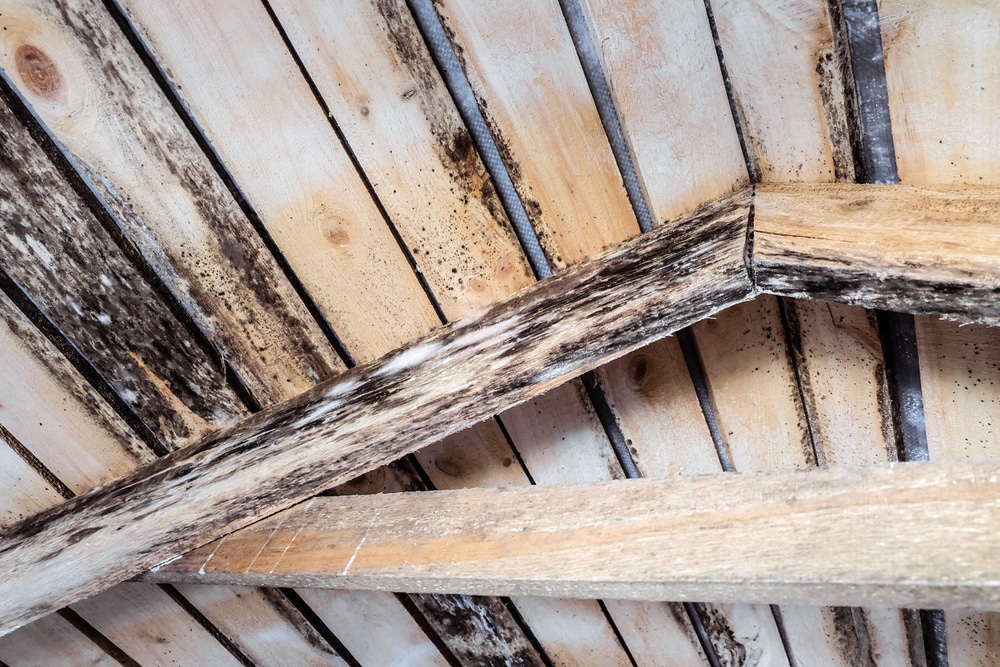
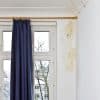



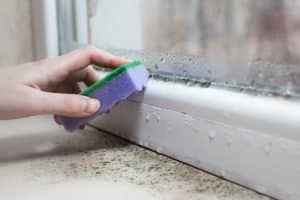




















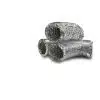

Add comment
You must be logged in to post a comment.